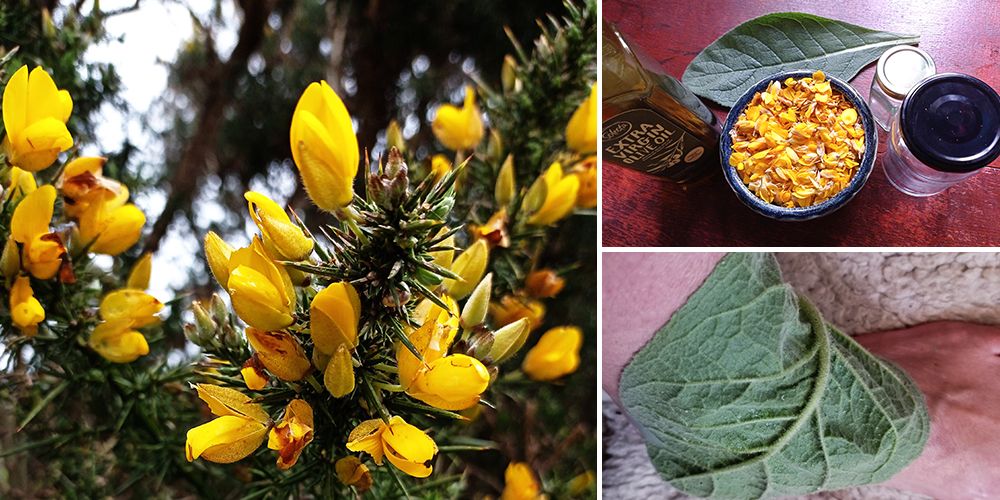
Nature’s Ibuprofen
Ibuprofen is commonly used to reduce inflammation. However, it may cause serious toxicity when overdosed, mainly in children. The symptoms of high doses include seizures, apnea, and hypertension, as well as renal and hepatic dysfunction. You can avoid all that with Nature’s Ibuprofen.
The amount of Ibuprofen you can take daily is limited, this is why I have created two powerful natural remedies for you. So, let’s dive in!
Reducing Inflammation Naturally
Inflammation often occurs as a response to injury, like a twisted ankle, where the affected part of the body tends to swell, turn bright red, and feel very painful. Ibuprofen is a pain reliever, that is widely used to reduce swelling and pain from arthritis, inflammation, and swelling for occasional use only.
As we get older and slow down a little, there is a tendency for fluid retention in the body, often in the legs and feet, known as ‘Edema’. Along with regular exercise, and reducing dietary salt, Gorse flowers and Mullein leaf oil may help to reduce this swelling naturally.
Benefits of Nature’s Ibuprofen
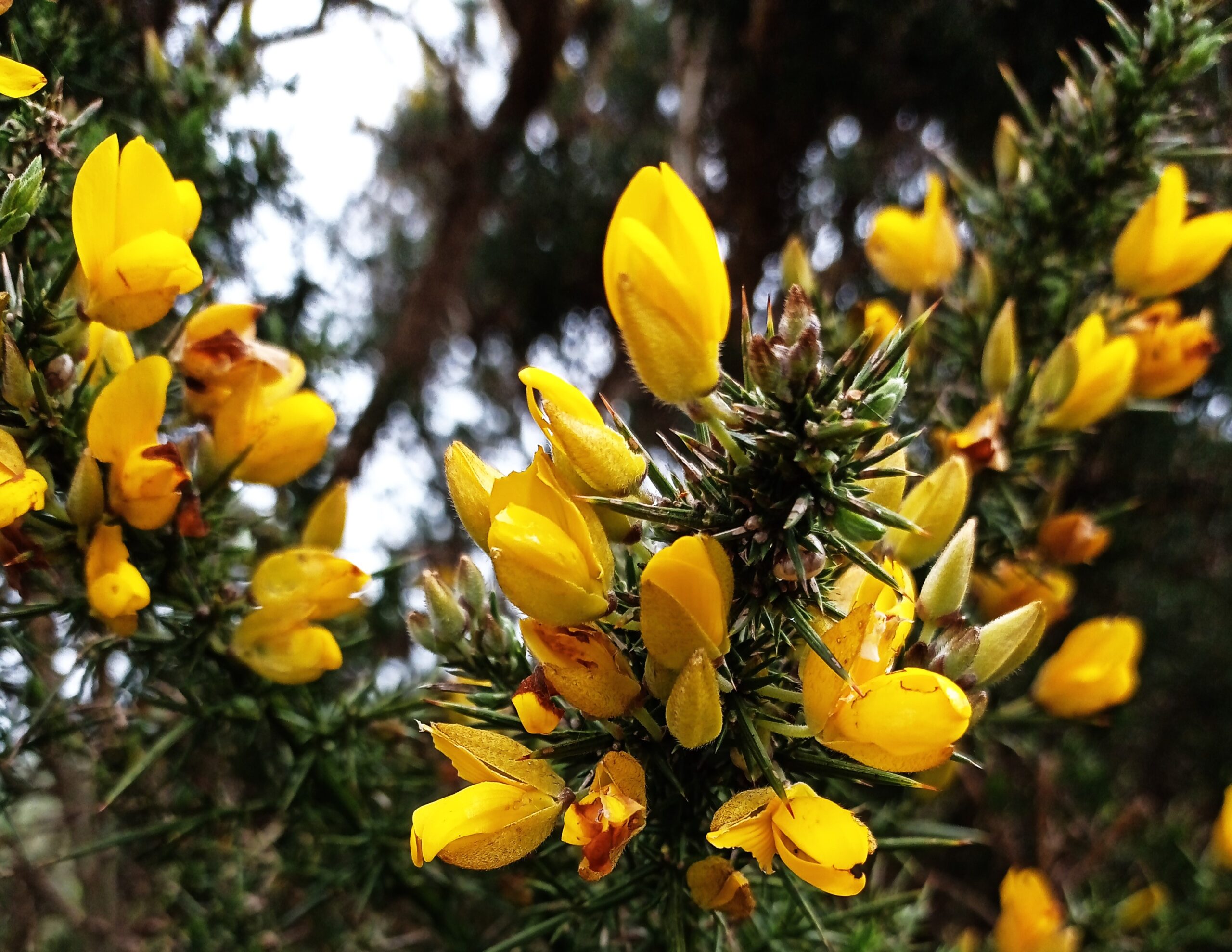
Gorse (Ulex europaeus), also called furze or whin, has sweet-scented flowers that you notice as you pick them. You may be accompanied by the buzzing of happy bees.
Find Gorse in bloom in many states on wild and agricultural land near the beach or sandy areas from April to June. Gorse flowers offer anti-inflammatory and antioxidant properties and you can use leftovers in Gorse flower tea, or added to salads for their unique coconut scent.
Covering the flowers with a tiny amount of alcohol will extract the goodness in a homemade tincture. The alcohol content is negligible, as you only need 5 drops or 1 teaspoon to ease inflammation.
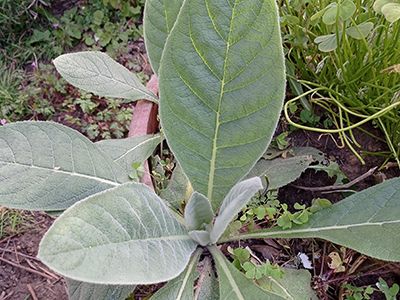
Mullein (Verbascum thapsus) is a biennial, only flowering in its second year. You can recognize it by its soft, large, pale green oval-shaped leaves, and in summer it may have a tall yellow flower spike.
Mullein oil made with flowers was traditionally used to ease earache. Leaves contain flavonoids, saponins, minerals, and Vitamin C, as well as an antioxidant (Kaemferol) used by herbalists to reduce discomfort and inflammation in conditions like rheumatoid arthritis and osteoarthritis.
Olive oil is a gentle carrier that extracts the properties of both Gorse and Mullein while offering some healing. Extra virgin olive oil contains polyphenols, which can help to reduce inflammation in conditions like rheumatoid arthritis. Please be aware of the expiration date of the olive oil when making the remedy.
⇒ 10 Summer Medicinal Plants My Grandmother Grew in Her Backyard
My first remedy will use two ingredients that nature provides: Gorse flowers and Mullein leaves, processed in oil as a rub to reduce inflammation.
The second remedy is a Gorse flower tincture, using a small amount of alcohol to extract the compounds that will help reduce swelling and inflammation.
DIY Gorse and Mullein Oil
In this first remedy, I explain how to extract the goodness in oil mixed with Gorse flowers and Mullein leaves.
Ingredients and Materials:

- 1 cup of dried Gorse flowers
- 1 cup of Extra Virgin Olive Oil
- 1 large dried Mullein leaf
- 1 empty jar to mix the flowers and leaf
- 1 clean container with a lid for the finished oil
- Some muslin and a funnel to drain the plant parts
- Clean cloth or a Plantain leaf for wrapping the skin
Instructions:
- Collect your gorse flowers and Mullein leaves, flowers, or roots on a sunny day wearing gloves, because the Gorse stems have sharp spikes. Only pick the petals and drop them into a collection bag.
- Leave all flowers and leaves under the sun until they are dry. This way the oil infusion is properly done and mold will be avoided.
- Add some olive oil to your jar and gently add the yellow petals. Leave on a sunny windowsill and set aside for 2 days.
- Add one Mullein leaf on day 3, and one is enough if you pick a large leaf from the base of the stem (if you have flowers or root pieces, they work just as good). Tear it into smaller pieces and add these to the oil. Add extra oil if needed, to cover both petals and leaves.

- Gently rotate the jar every day for a week and observe, as the color of the oil changes.
- After a week, drain the oil into your clean container and squeeze the muslin well to release the valuable oil. Label the jar. Discard the used petals and leaves into your compost bin.

How to Use
I find this oil most comforting when it is slightly heated. To try this, place the container in a bowl of warm water for a few minutes before rubbing it in. Spread the oil generously on the affected area and if you like, wrap it with a clean cloth or a fresh Plantain leaf, which adds its anti-inflammatory properties directly to the affected area. Use a plaster or a bandage to secure the leaf in place.
If you are interested in purchasing a powerful ready-made salve for soothing pain, I recommend this anti-inflammatory Joint & Movement Salve from Nicole’s Apothecary.
DIY Gorse Flower Tincture
The second remedy takes slightly longer to make but the sweet taste of Gorse is worth it! Since it contains alcohol, avoid it if you are pregnant, breastfeeding, or taking other medication.
Ingredients and Materials:
- 1 oz of dried gorse flowers
- 5 oz or of spirit alcohol (such as brandy, gin, or vodka) at least 80-proof alcohol by volume, to cover the flowers
- 1 small clean jar or container with a lid
- A clean jar or bowl to mix the flowers with the alcohol
- A dark bottle with a dropper to store the finished tincture
Instructions:
Use up any leftover flowers you collected to make a tincture. Allowing the alcohol to extract the compounds from the flowers takes at least 2-4 weeks, so be patient.
- Weigh the flowers and then add them to your container. I use a bowl or a recycled jar with a lid. The ratio needs to be about 1:5 so if the petals weigh 1 oz, then add 5 oz of your chosen alcohol. Cover the container and set it aside.

- Shake or stir gently each day. The yellow petals will gradually turn brown. Don’t worry, this is normal.
- Leave the mixture for 2-4 weeks until it takes on a golden yellow shade.
- Strain the petals into your tincture bottle and store it out of direct sunshine.

How to Use
Take one teaspoon (5 drops) either dropped under your tongue directly, or mixed in a small glass of water, twice a day.

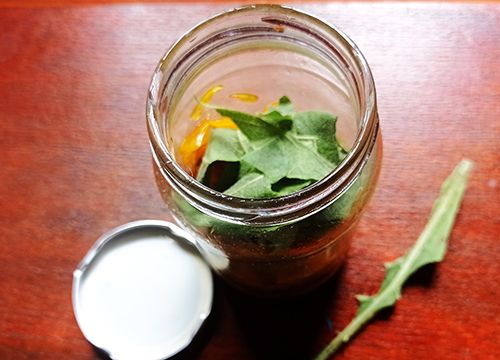
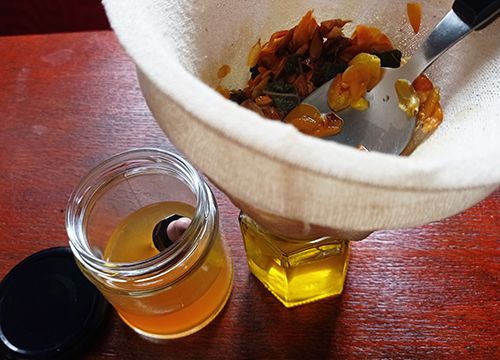
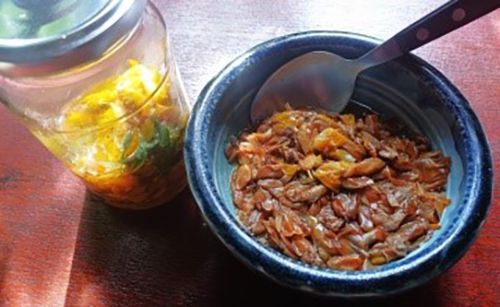
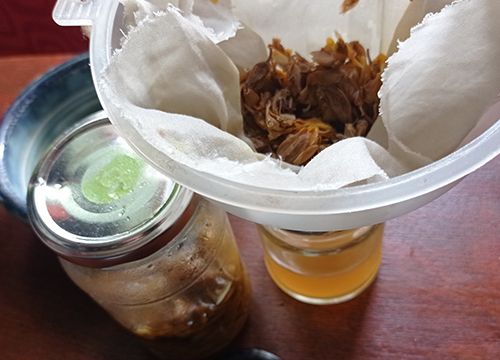
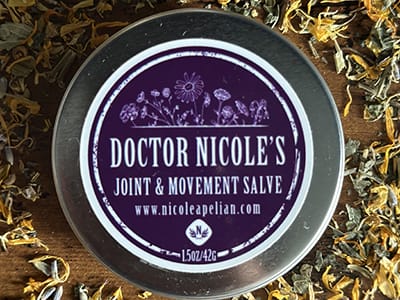
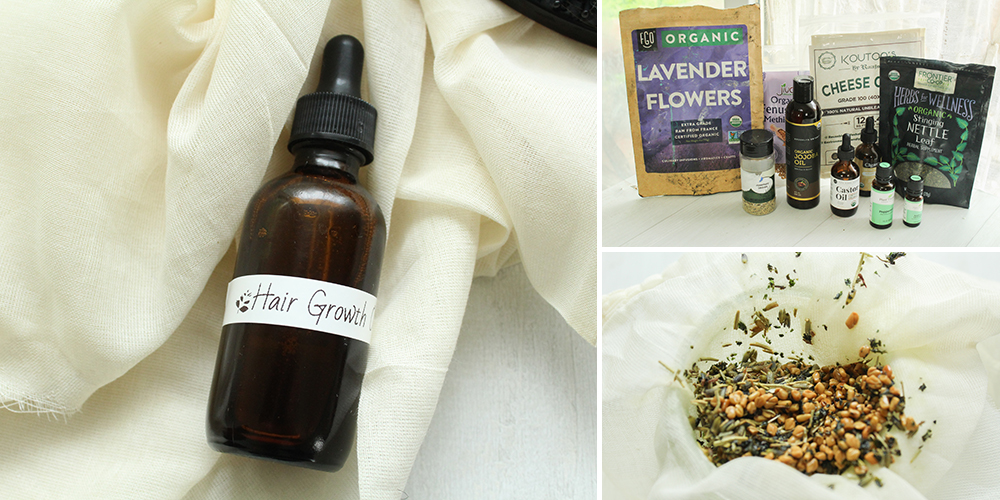
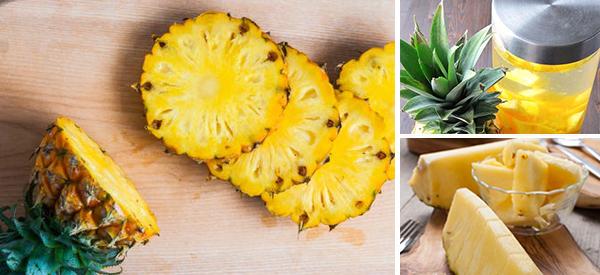
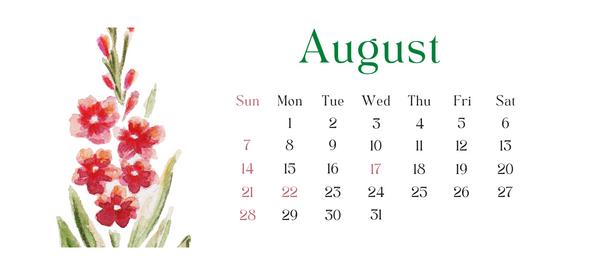
What kind of dropper dispenses 1 ml per drop? 1 teaspoon = 5 ml. Most calculations I have seen propose 1 ml = 20 drops. I am confused, do I need a teaspoon (100 drops) or 5 drops(1/4 ml)? Or is it dropper-fulls you are referring to? I would like to try this but would like to verify the actual dosage.
I have suffered for a year now with painful hemorrhoids. My GI Dr. wants to do surgery. I cannot bear the thought of the painfully debilitating proceedure. I’ve tried everything else but a natural approach. What is a natural treatment for external and internal hemorrhoids? Thank you.
I had same situation for 25 yrs. I actually had 3 procedures…2 of which failed. The last one worked, but yes it is extremely painful. That doctor gave me the best advice ever ( wish I had known decades earlier) he told me to take 2 T of prebiotic powder daily, in applesauce or yogurt…for the rest of my life. BeneFiber is a name brand, but there are other generic equivalents. It has been 6 yrs…and no major problems.
does this help with achilles tendonitis?
Please what can I use naturally to relax muscle without taking any drug?
I have muscle spasms in my calves and shins at night. I use a combination of essential oils that include lavender, marjoram, sage, eucalyptus, and rosemary in whatever carrier oil I have on hand, such as infused violet oil or rosehip. I usually have to reapply it during the night, but it works pretty well most of the time.
Gorse is not native to where I live (SEOhio) so therefore I’m not overly interested in planting because I don’t want to find out later that’s invasive. How do I obtain flowers for this potion? Are dried as effective?
Thank you!
How can I find this stuff in my natural grocery store or the flowers shop.